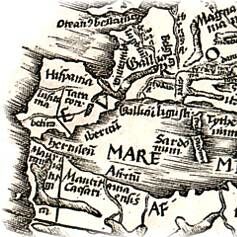The History of Playing Cards
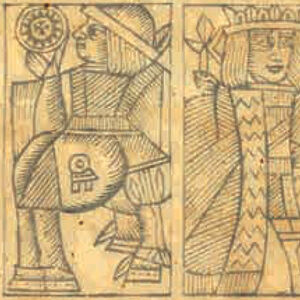
Navarra Pattern, 1682
Navarra pattern produced for the Pamplona General Hospital Monopoly in 1682.
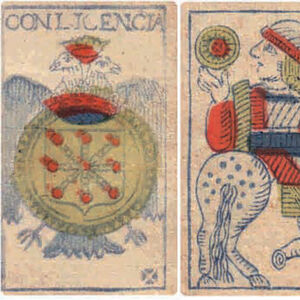
Navarra Pattern, 1793
Navarra pattern by an unknown cardmaker with initials I. I., 1793.
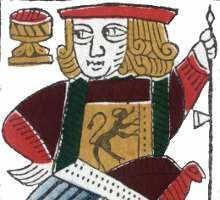
Navarra, XVII Century
Facsimile of 17th century Spanish-suited playing cards produced by Erregeak, Sormen S.A., Vitoria-Gasteiz (Alava), Spain, 1988.

Netherlands
Playing cards have been known in the Low Countries since the 14th century
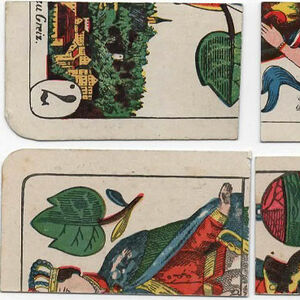
Notgeld - Emergen¢y Money
Notgeld - Emergency Money - was in rare cases issued on playing cards.
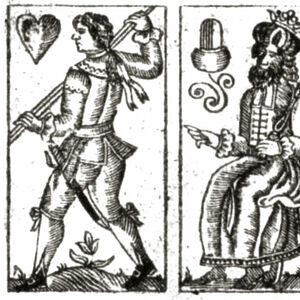
Old Bavarian pattern
Uncut sheets of playing cards of the Old Bavarian pattern by Michael Schatzberger, Passau, c.1780.
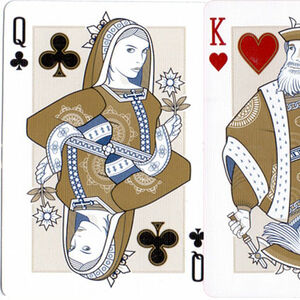
Origins Playing Cards
Rick Davidson's “Origins” playing cards is an inspired, present-day re-design of the standard Anglo-American deck
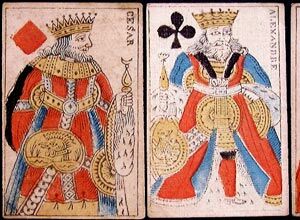
Paris Pattern
The Paris pattern was established as such around the middle of the seventeenth century (based, perhaps, on the cards of Hector of Troyes).
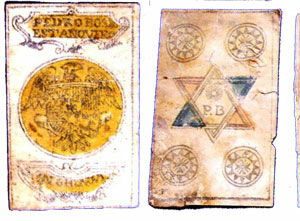
Pedro Bosio
Cards of the Spanish National Pattern 'Money Bag' type manufactured by Pedro Bosio, Genova (Italy) probably during the 18th century and for export to Spain or South America.
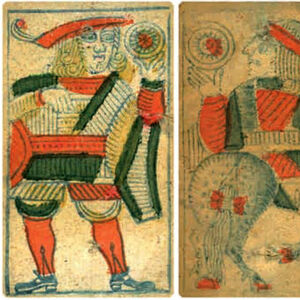
Pedro Varangot, 1786
Archaic Navarra pattern produced for the Pamplona General Hospital Monopoly by Pedro Varangot in 1786.
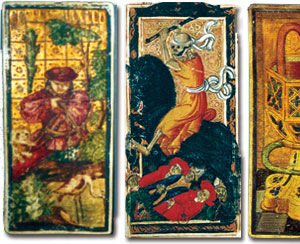
Perspectives on the History of Tarot
Tarot, originally a 15th century card game from Italy, has evolved into a form of personal mysticism and spiritual exploration, offering new visions of expanding awareness.
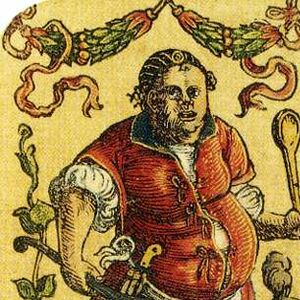
Peter Flötner, c.1545
Seven cards from a satirical pack produced by Peter Flötner of Nuremberg, c.1545. The suit symbols are acorns, leaves, bells and hearts. The block-cutter and publisher was Franz Christoph Zell.
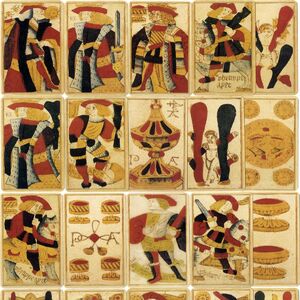
Phelippe Ayet, c.1574
Archaic, late medieval Spanish-suited playing cards printed by Phelippe Ayet, c.1574.
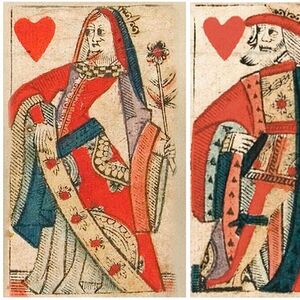
Pierre Marechal
Rouen became an important centre for card-making whose influence extended far afield. Cards from Rouen are significant because they became the model from which our English pack subsequently evolved.
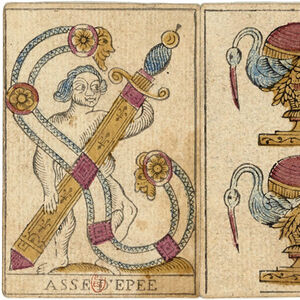
Pierre Roiné Aluette
Archaic form of Aluette published by Pierre Roiné, Nantes, c.1785.
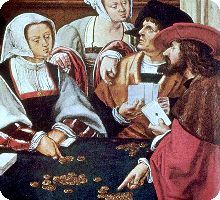
Playing Cards & Gaming
Soon after their first appearance in Europe we hear of playing cards being banned by the authorities...

Playing cards in the Upper Rhine region
Documentary evidence suggests that card playing established itself in Italy in 1376, and then spread rapidly northwards across the Alps into the Upper Rhine regions of Germany and Switzerland and westwards into France and Spain.
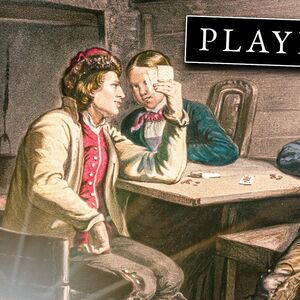
Playing Cards: A Secret History
Playing Cards: A Secret History

Pope Joan Trays
Some traditional Pope Joan boards comprise a circular tray, others are square, divided into sections labelled Ace, King, Queen, Jack, Intrigue and Matrimony. In the game, the Nine of Diamonds is “Pope Joan”.
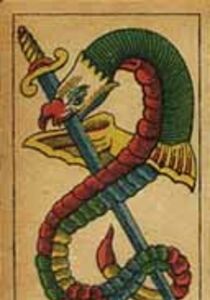
Portuguese Type Cards made in Belgium
Portuguese Type Playing Cards made in Belgium, c.1878.


